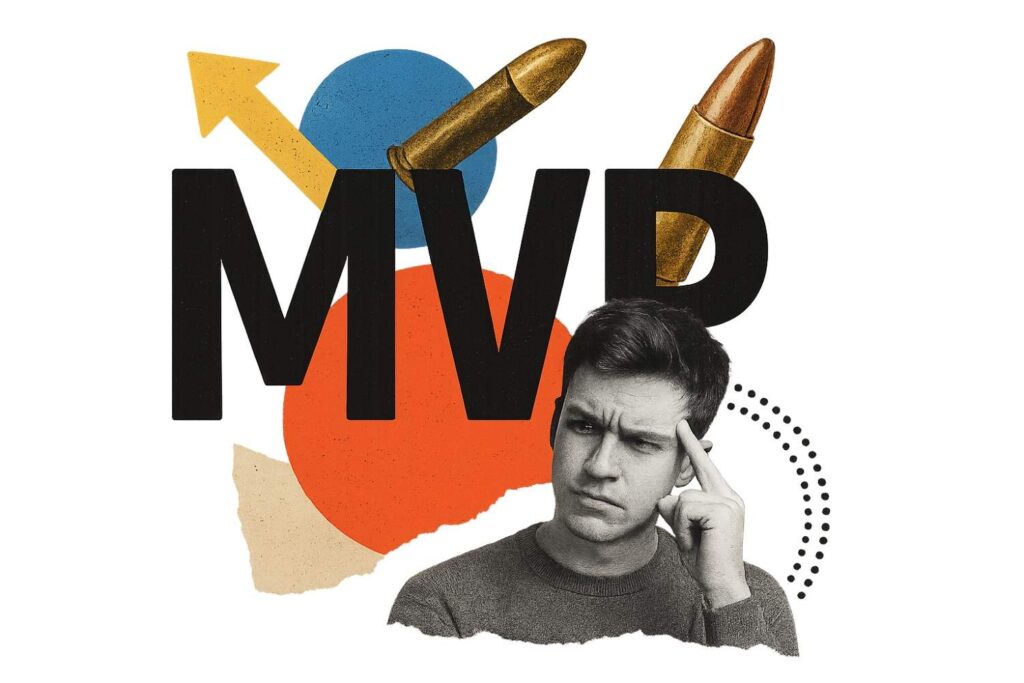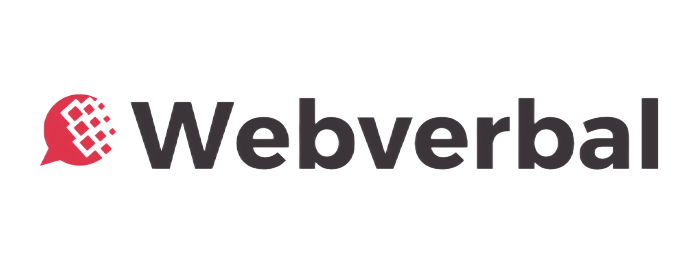Table Of Content
- The Gospel of MVP — and Why It’s Flawed
- Why MVP Isn’t the Silver Bullet Anymore
- Why Community First Product Later Beats MVP Thinking
- Case in Point: Founders Who Won With Community First
- The Contrarian Framework: Community-Led Validation
- Step 1: Define Your Problem Publicly
- Step 2: Build a Small, Committed Circle
- Step 3: Offer Value Without a Product
- Step 4: Co-Create the First Version
- When MVP Still Works — And When It Doesn’t
- The Future: Community First Product Later as a Strategy
The Gospel of MVP — and Why It’s Flawed
Ask any startup founder what advice they hear most, and you’ll often hear: “Ship an MVP fast.”
It sounds logical. Build a minimum viable product, release it quickly, and learn from user feedback. Fail fast, iterate faster.
But here’s the uncomfortable truth: in today’s saturated market, community first product later is the smarter path.
Too many founders are rushing half-baked products into a noisy market, only to discover that building without a community is like shouting into the void. The harsh reality is that distribution, trust, and early believers matter more than the scrappy product you rushed to build.
Why MVP Isn’t the Silver Bullet Anymore

The MVP approach worked in an era when markets were less crowded. But today:
- Attention is scarce. Launching yet another “beta” into crowded app stores won’t get noticed without community pull.
- User expectations are higher. Even “minimum” products are judged against polished incumbents. Disappoint once, and you lose credibility.
- Feedback loops are broken. Without an engaged community, your MVP doesn’t get meaningful feedback — just silence.
In other words, MVP-first thinking can waste months of effort while producing little signal.
Why Community First Product Later Beats MVP Thinking
A loyal, early community does what no MVP can:
- Validates the problem before you code. Conversations, not code, reveal if a pain point is real.
- Gives you distribution leverage. A 500-member waitlist or active Slack group is a launchpad.
- Protects against false negatives. Without a community, silence feels like “no demand” when it may just be “no reach.”
- Builds emotional equity. People invested in your journey root for your success — and forgive imperfections.
Community is not an afterthought. It’s the foundation. For a step-by-step guide to turning early believers into your growth engine, see Zero to 1,000 Fans: The Startup Community Building Blueprint.
Case in Point: Founders Who Won With Community First
- Notion nurtured a cult following through forums, templates, and ambassadors before it became a billion-dollar product.
- Figma built a design community obsessed with collaboration, long before enterprise contracts came in.
- Indian D2C brands often start as Instagram-first communities — where content drives belonging, and belonging drives demand.
Notice the pattern? Product brilliance alone didn’t carry them. Community created the pull.
According to Harvard Business Review, strong communities often outweigh early product iterations when it comes to sustainable startup growth.
The Contrarian Framework: Community-Led Validation
Instead of rushing an MVP, here’s the approach that works in a saturated 2025 landscape:
Step 1: Define Your Problem Publicly
Write, post, or podcast about the pain point. See if it resonates. The number of nods you get tells you more than lines of code.
Step 2: Build a Small, Committed Circle
Start a WhatsApp group, Slack channel, or LinkedIn cohort. Invite people who care about the problem.
Step 3: Offer Value Without a Product
Templates, playbooks, live sessions, or curated insights — these prove you understand the problem deeply.
Step 4: Co-Create the First Version
Now, when you build your product, it’s not an MVP in isolation. It’s a co-created solution with a community that’s eager to use it.
When MVP Still Works — And When It Doesn’t
Let’s be clear: MVPs aren’t obsolete. They’re useful when:
- You have an existing distribution channel (e.g., a large following or investor-backed launchpad).
- You’re testing a narrow, technical hypothesis.
But for most early founders? MVP-first is noise. Community first product later is signal.
The Future: Community First Product Later as a Strategy
The startup world has been obsessed with speed. Ship fast, iterate faster. But speed without believers is just motion without progress.
In 2025 and beyond, the winners won’t be those who ship the fastest MVP. They’ll be the ones who:
- Build trust before traction,
- Foster belonging before beta,
- And create pull before product.
Community first product later. That’s the contrarian truth more founders need to hear.




